I’m crushed—probably for the first time in my young life. I can still feel my five-year-old eyes widen, shoulders droop, and stomach churn. I can’t believe what I’m hearing. A National Park Ranger has just informed me that I can’t join my older brother in climbing a ladder down into one of the kivas in Mesa Verde National Park.
“Kivas are for boys and men only,” he says, “Girls aren’t allowed in kivas.”
A silent scream erupts filling me with rage. I look up at him towering over me and give him my best stink eye. That isn’t fair!
Maybe I even cried out loud—I’m not sure. All I remember is my profound disappointment and bewilderment.
As I looked longingly down at the hole, a small circular opening in the floor, which I now understand is called a Sipapu, a Hopi word for “place of emergence” and represents the entrance to and emergence from the underworld, I couldn’t understand why the fact that I was a girl would limit my access.
I already knew boys and girls were treated differently. I had to wear a shirt while my brother could expose his chest to the world whenever he wanted. I even had to wear a dress sometimes, instead of shorts or pants that allowed me to play freely. But I’d never before been told I something I wanted to do was reserved for boys only.
This visceral memory is more complicated than it felt that day. Women are no longer restricted by the National Park Service in visiting Mesa Verde kivas, but at night, after the park has closed, Pueblo people might still use a kiva for ceremonial purposes. At those times, kivas are once again the purview of men. Women might be invited in to view a particular ceremony but generally are not allowed in this male-centered sacred space. I respect these traditions even if I don’t understand or agree with them. But then, on that summer’s day in 1960, I only knew the hurt of exclusion, and I hated it.
By the time my high school guidance counselor told me my college major didn’t matter because I was just going to find a husband and start a family, I’d experienced too many incidents like this to count. I honestly didn’t know that girls had other career options besides being a teacher, nurse, nun, or human service professional. I never considered becoming a photojournalist, park ranger, or even a writer—all professions I might have pursued—because no one ever showed me examples of women in these roles.
Even at age 70, I continue to be shocked by women, born long before me who found ways to do what they wanted to do. Gerda Taro, regarded as the first woman war photographer, covered the Spanish Civil War in the late 1930s. Why didn’t I learn about her in history class? Why did I have to wait until Hollywood released the movie, Lee, in 2024 to learn about Lee Miller, a model turned war photographer in World War II?
Except for a few such as Emily Dickinson, Jane Austen, and the Bronte Sisters, women writers rarely appeared on syllabi in my high school and college classes. Even if they did, I learned little, if anything, about the authors themselves and what inspired them to write. They weren’t held up to me as models I could emulate.
My wife and I have a daily dinner ritual where we read about one unconventional woman each night. To do that, we use the three-volume card set, Women Who Dare. The series is published by Pomegranate in collaboration with the Library of Congress. These cards focus on women who defied expectations, flouted expectations, and achieved success in areas like literature, activism, world exploration, science, and sports, which were historically considered male-dominated. Many of the women profiled lived in the 19th or early 20th century where it took more than gumption to pursue the lives they lived.
More often than not, when one of us holds up a card for the other to guess who it depicts, we fail. Even women whose stories we’ve heard are hard to identify. If we know something about them, we haven’t seen the photo chosen for the card. As we read about their lives, I’m humbled by their courage, inspired by their actions, and angered by their invisibility.
I know the fight is far from over. When Susan Faludi published her treatise, Backlash: The Undeclared War Against American Women, in 1991, she presented evidence that demonstrated the existence of a media-driven "backlash" against the feminist advances of the 1970s in the United States. Little did she know then that the backlash we experienced in the 1980s would feel like a ripple on the shore as compared to the tsunami we’re experiencing today.
From attacks on women’s bodily autonomy to Turning Point USA’s women’s summits, which encourage young women to embrace faith, family, and domesticity over career ambitions, societal pressure against feminist progress is rampant.
Project 2025, MAGA’s blueprint (despite the denials) to centralize executive power, represents a profound rollback of reproductive justice, civil rights, and protections that have empowered women for decades. It includes a federal policy overhaul that curtails women’s rights and bodily autonomy by effectively outlawing access to abortion through revived restrictions, dismantling emergency abortion protections, and rolling back FDA-approved reproductive medications. The plan enshrines a strict binary definition of sex under Title IX, erasing gender identity recognition and undermining anti-discrimination safeguards. Additionally, it targets gender-affirming care via sweeping executive orders, while dismantling DEI efforts that have historically supported gender equity.
But still, I have hope!
When Wendy and I visited Alaska earlier this summer, we were overcome by the natural beauty, but even more astonished by the number of women—mostly young women—in leadership roles introducing us to these wonders. Every adventure we went on, from the National Park Service guided hike at Exit Glacier, the bus tour at Denali National Park, Wendy’s sea kayak tour, and The Sea to Tree Tour, a full-day natural history excursion offered by the Center for Alaskan Coastal Studies, were led by women. Even the skipper of the small ferry we took across Kachemak Bay to the tidal pools and Peterson Bay Field Station was a woman.
And these women know their stuff! They are environmental scientists, naturalists, boat captains, dog mushers and trainers, public servants, and National Park Service Ranger/Educators. Some, like the woman who led our excursion into Denali National Park, live year-round in Alaska. In fact, she has lived for fifteen years in a small cabin with no running water and limited electricity. And she loves it!
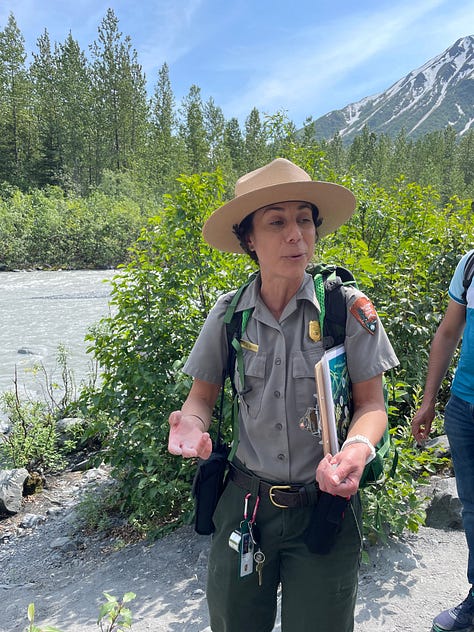
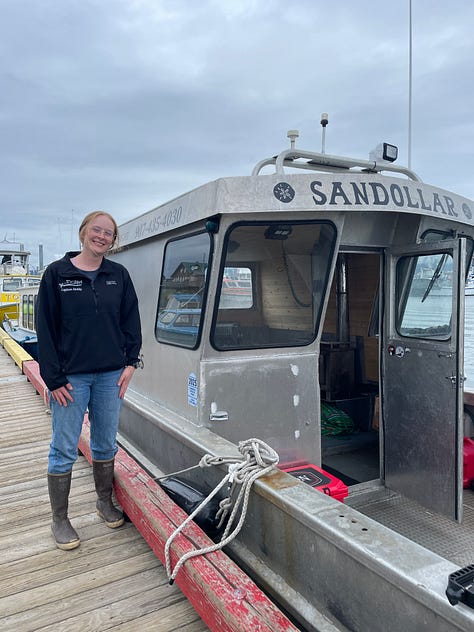
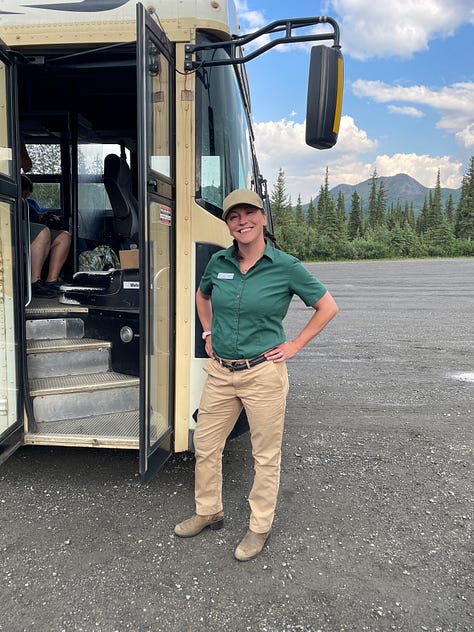
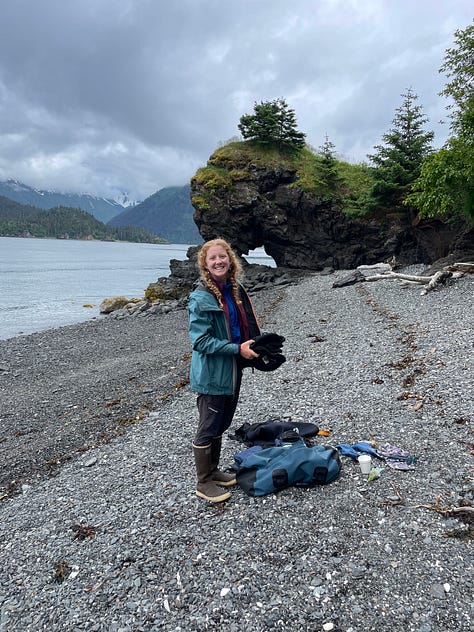
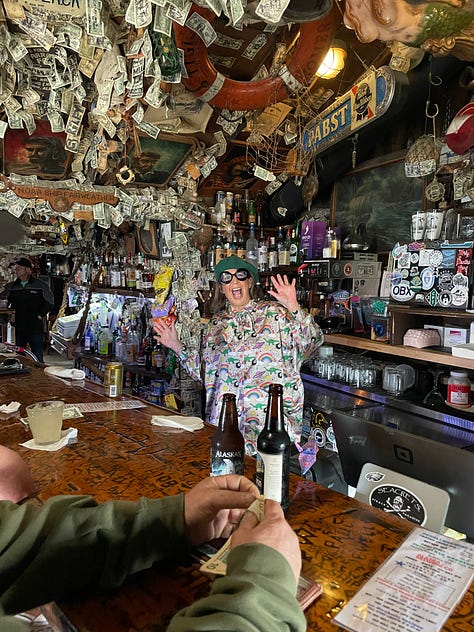
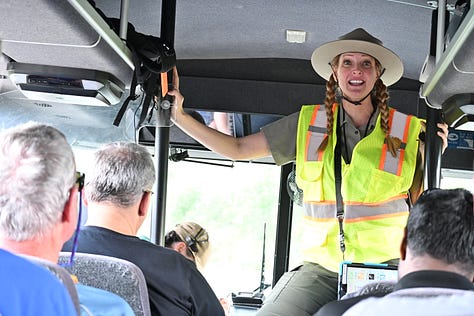
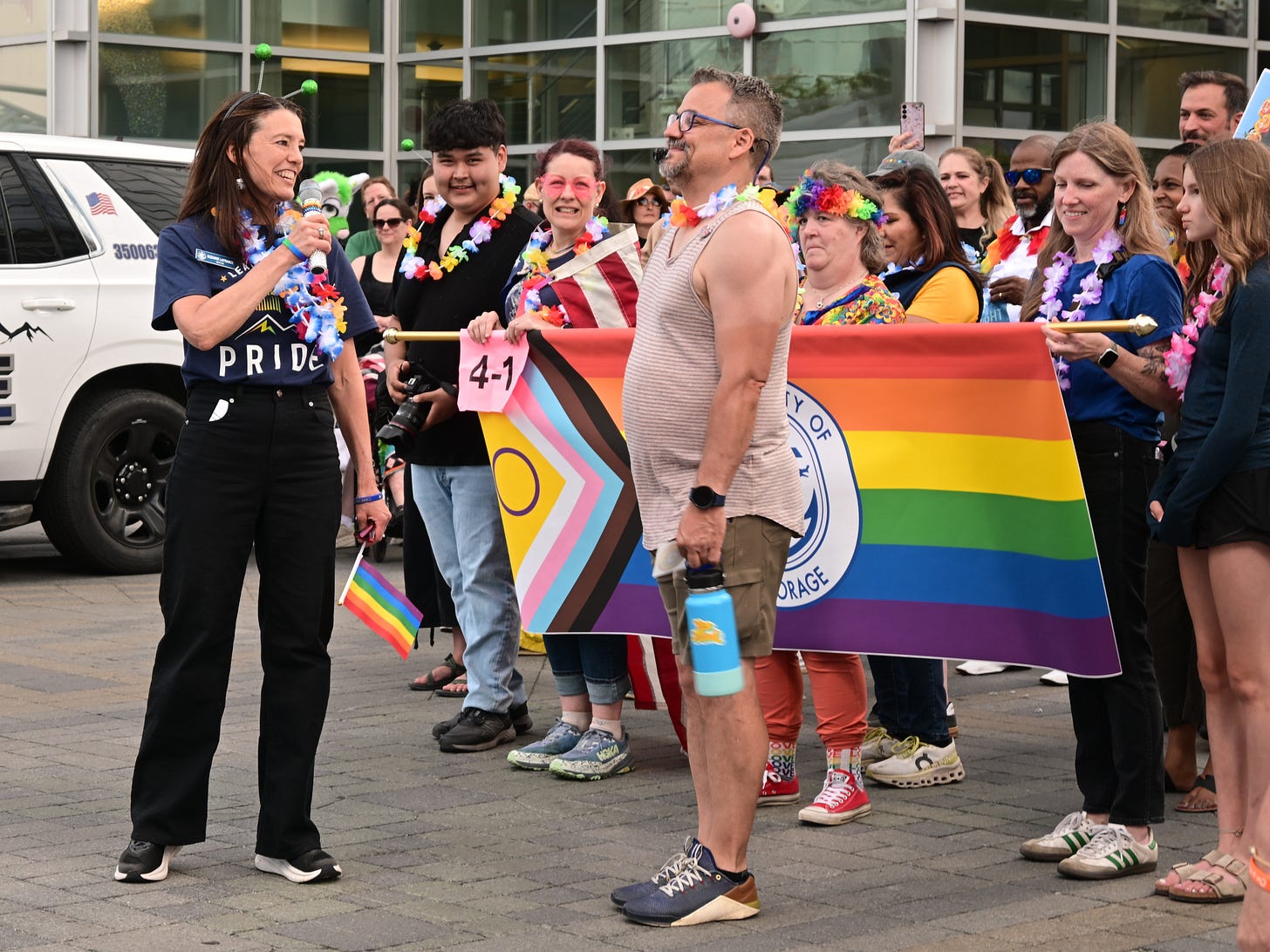
The women we met are not constrained by societal norms to get married (to a man) and settle down and raise children. They might choose to do that, but they’re freed from the expectation to follow this one and only path. Instead, they’re pursuing their passions, just like the women depicted on the Women Who Dare cards, except these modern adventurers have each other as role models and friends. They don’t have to fight in the same way to pursue their dreams. At least, I hope they don’t.
I’d like to think that the work we did in the second wave of feminism in the 1960s and 70s to fight for women’s rights and opportunities helped these young trailblazers follow their dreams. I hope that young girls in elementary and high schools today see these women and think, “I want to do that when I grow up!” And, better yet, I hope they have the support and encouragement from powerful women like these to follow their dreams.
Hang in there. I know somedays, with each passing news cycle, it feels like all is lost, but the next time you feel that way, remember the Women Who Dare and today’s women of Alaska. We WILL overcome!
In hope and love,
Annette
Order your copy of Living Into the Truth: A Daughter’s Journey of Discovery. Available wherever books are sold. For more information, visit wordswomenpress.com.



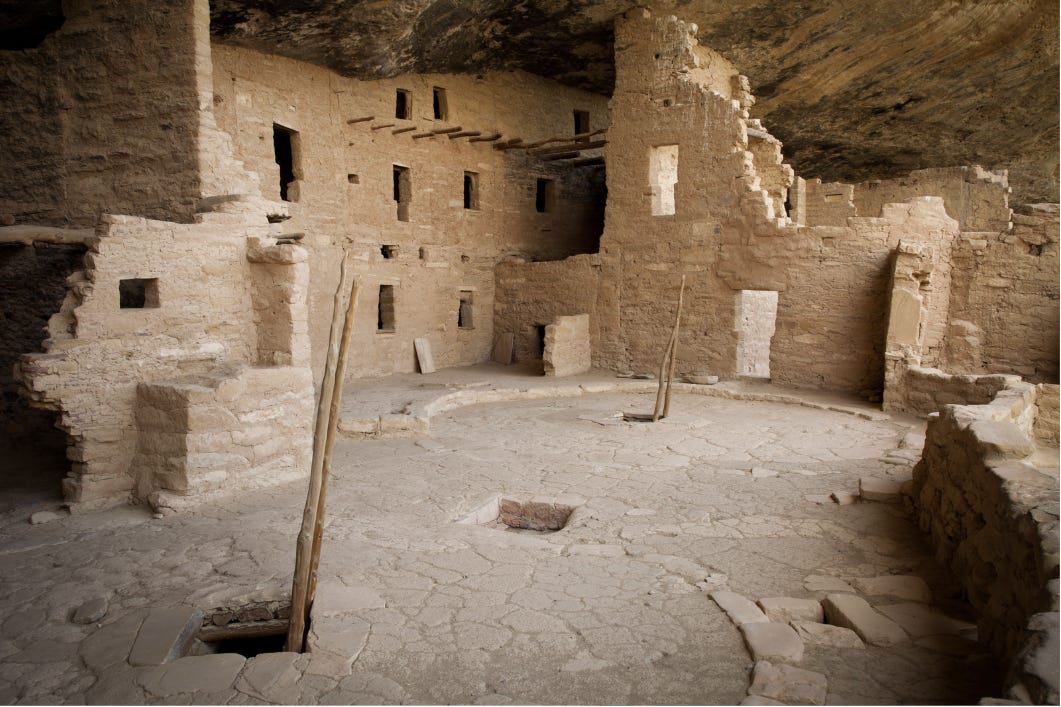
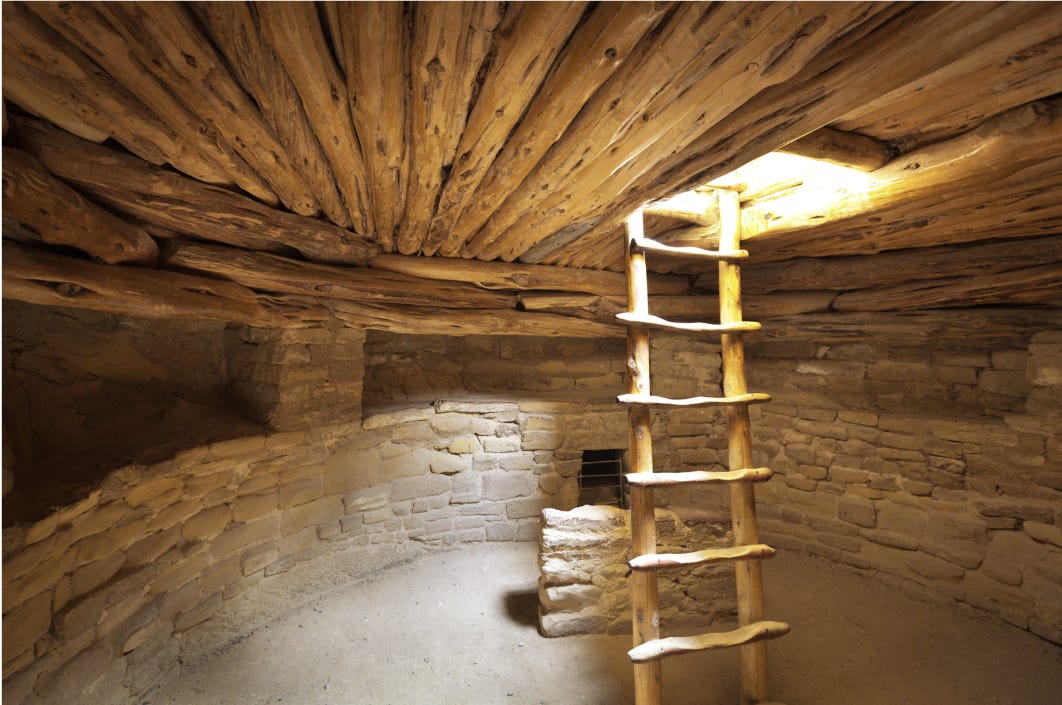


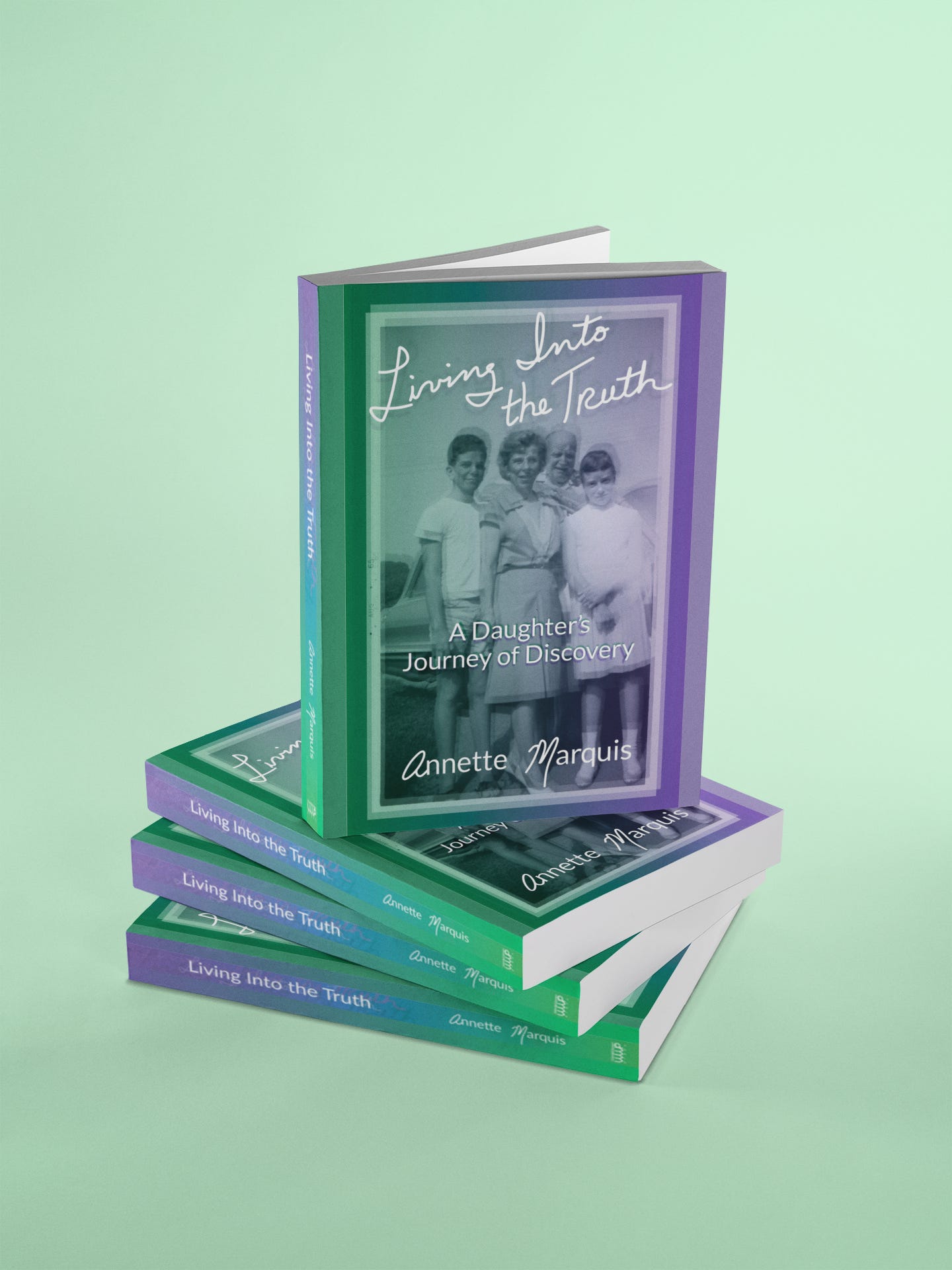
Thank you for voicing what women are feeling. We need to fight like hell to keep the freedoms we have won!
Annette, I also have hope for better days ahead. Your post helps me feel that encouragement. Thanks for letting readers know about the book, and bout those strong and brilliant women leading adventures in Alaska! Makes me want to head in that direction.